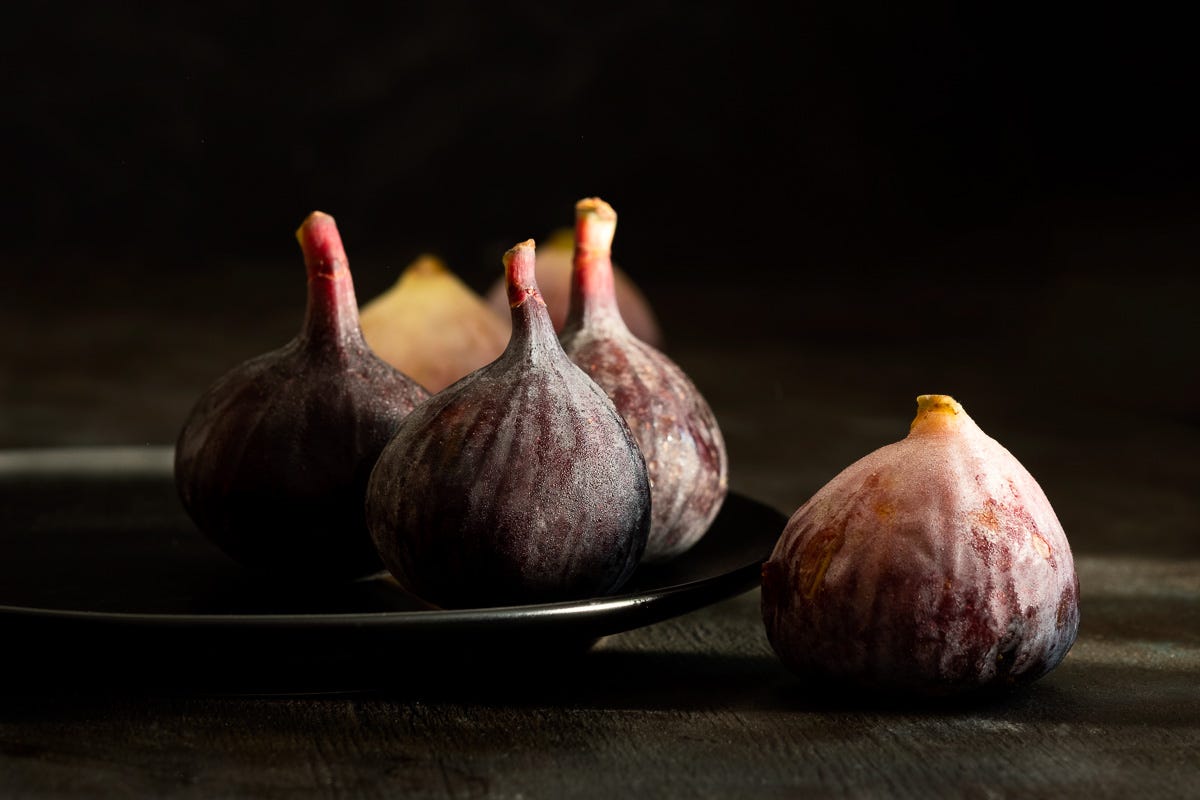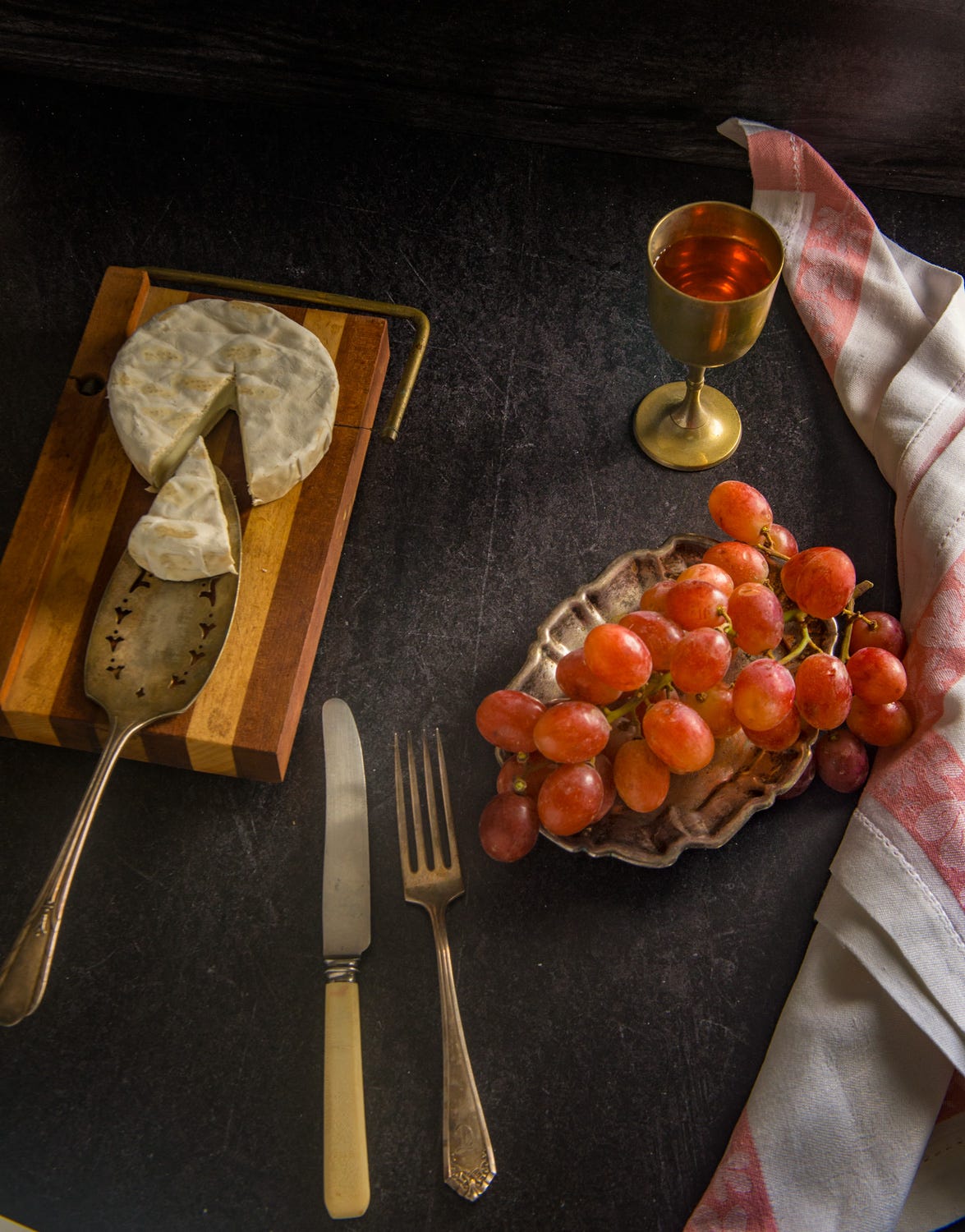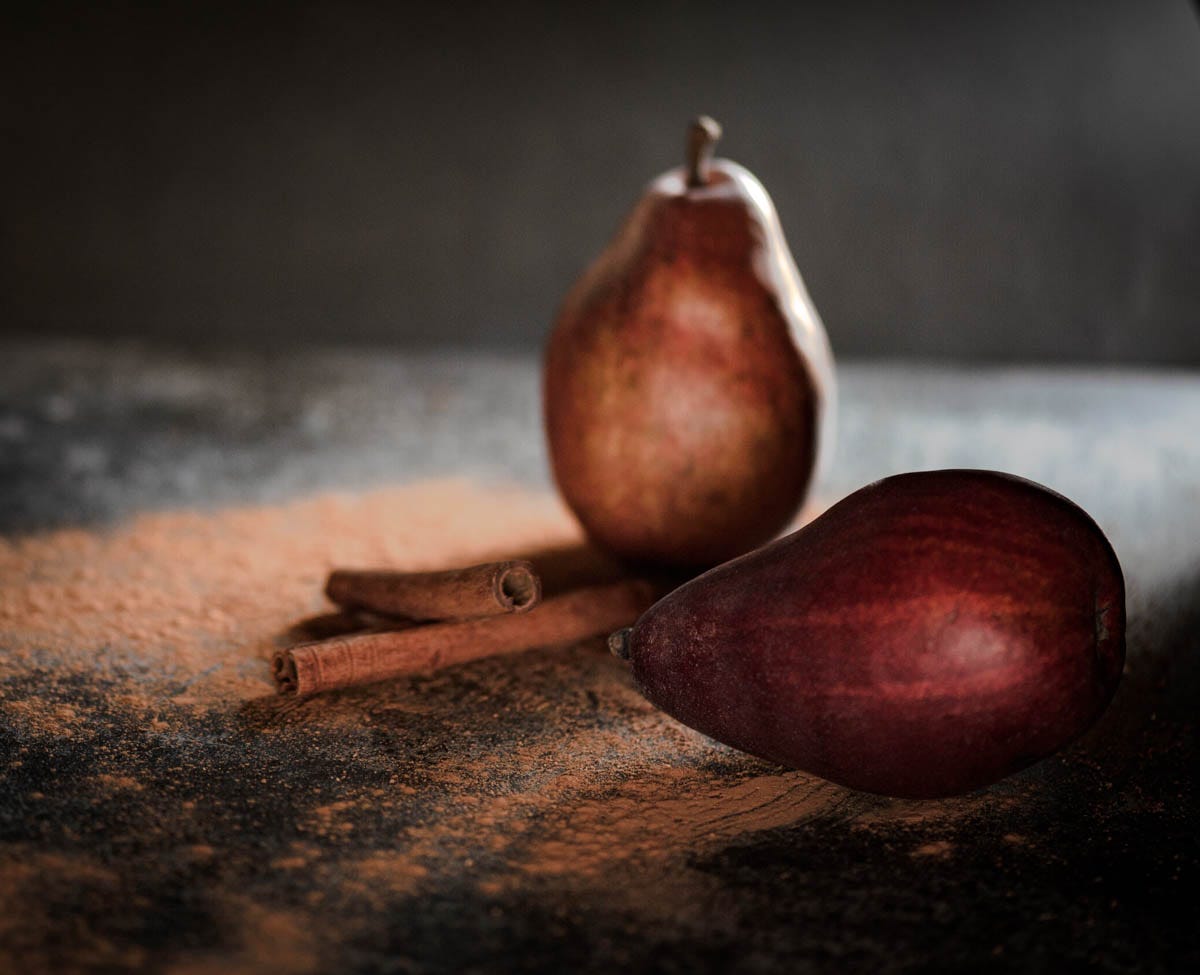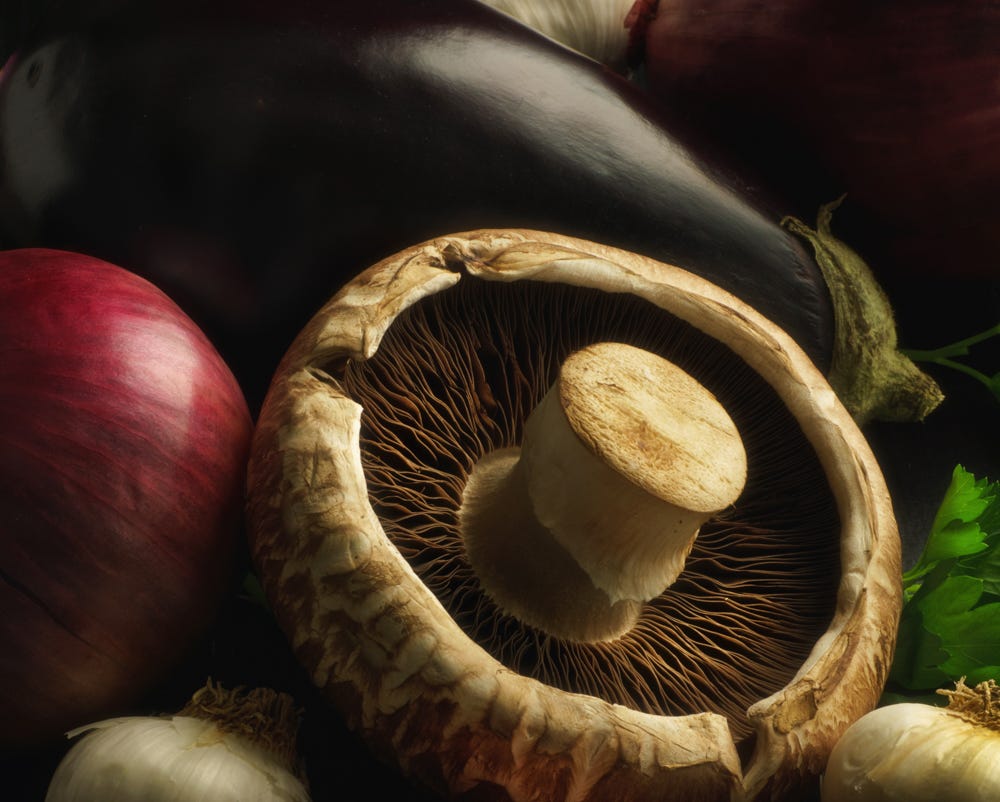Finding Your First Clients as a Food Photographer in a Small Town
You don't have to live in a big city to do great food photography.
Hi, and welcome to my little Substack corner. I write about photography, art, design, and the craft of living creatively. I am glad you are here. Consider subscribing to keep up with what I am doing. I promise not to bore you. If you would like to support my efforts, that would be amazing and so appreciated. Either way, I am super happy you are here.
So you’re loving the world of food photography, huh?
It’s a genre filled with textures, flavors, and all the drama of a perfectly lit dish—but I get it. And while it is great to make great photos, you're also trying to find paying clients.
Especially if you’re in a small or medium-sized town, it might feel like the opportunities are few and far between.
But trust me, the work is out there. You just need a map to find it. Let's talk about how you can establish yourself as the go-to food photographer in your area.
(All of the images in this post were made by the students in my food workshops.)
(The above is an AI-produced podcast based on this article. Let me know if you find these audio recaps interesting.)
Identify Your Ideal Clients
Here’s the first thing to need to know: your future clients may not even realize they need you yet.
You heard me. I can’t tell you how many times I have met clients who didn’t know they needed my work. I always approach possible clients with ideas and strategies that can help their business. Most of those ideas and strategies use photography… duh.
In smaller towns, ideal clients are often right under your nose. Restaurants, cafes, local food brands—sure, these are the obvious choices. The low-hanging fruit so to speak.
But think beyond that.
Picture health facilities needing shots for their healthy meal programs, local food wholesalers needing catalogs, or farmers’ markets that want to showcase their vendors. These businesses might never have worked with a professional photographer, which is an opportunity for you to bring something new and eye-catching to the table.
Do some research, and be proactive.
Make a list. Get down to the nitty-gritty—every potential restaurant, market, or local producer. Add to that list adjacent businesses: think event caterers, health clinics, or even food-related influencers. These are all potential clients, and every one of them could use killer imagery to stand out.
In fact, they NEED killer imagery to stand out. It is a part of their marketing.
Start Reaching Out—Yes, You Have to Make Contact
Here’s the tricky part for a lot of new photographers: reaching out. Cold outreach can feel like walking up to the popular kids’ table at lunch and trying to get them to buy your band's fundraising cookies.
But honestly, there’s no way around it, and you’ve got to make the first move.
Cold Emails
Start with an email. Make it personal—mention something specific about their business, like their fantastic new menu item or a recent event they hosted. Keep it short, friendly, and confident.
Your pitch isn’t just “I’m a photographer.” It’s “I see what you’re doing, and I can make it look even better.” Attach a couple of sample images, or better yet, link them to a small gallery.
Yes, it can be a challenge to find the emails, but that is something that can be done with a little digging.
What, you thought it wouldn’t demand some highly focused effort?
Networking Events and Community Meetups
Don’t underestimate the power of local events. Farmers’ markets, community dinners, food festivals—these are prime networking grounds. Put on your best smile, bring business cards, and maybe even a mini-portfolio. A sample card (5x7, 6x9) with images can be used as a ‘leave-behind’ with your contact info.
Sometimes, simply showing up in person gives you a leg up on the competition. It’s a lot easier for someone to remember that friendly photographer they chatted with about the perfect apple pie shot than it is for them to remember another cold email.
Local SEO and Social Media
Local SEO is your silent ally. Ensure you’re visible on Google by setting up a Google Business Profile, listing your services, and actively asking satisfied clients for reviews.
Social media also gives you free reach: local hashtags, tagging businesses, and collaborating with local foodies or influencers can get your work seen by the right people. The focus is visibility—people can’t hire you if they don’t know you exist.
You cannot do too much marketing and outreach.
Portfolio Building—Get Scrappy
If you’re just starting out, your portfolio might be looking a little slim. Don’t let that hold you back. Consider offering a few free or discounted shoots in exchange for a testimonial or social media shout-out.
Partner with a small café to photograph a new menu item, or offer to shoot a farmer’s market stall for a weekend. This isn’t about working for free forever—it’s about getting quality images that will convince future clients to pay you.
One idea: shoot spec work. If there’s a local business you’re eyeing, shoot some images as if you were already hired. Use those shots to pitch them your vision. Sometimes showing a business exactly what their product could look like in the best light is the nudge they need to say, “Yes, I want that.”
(Now, for sure. there will be a ton of people who will tell you to never shoot for free. Do not listen to them. They have business segmented it into classifications: free or paid. There are more: shooting for access, shooting for introductions, visibility, practice, experience… I could go on. The point is you are an unknown, and you must change that to a KNOWN. BEFORE you get paid.)
Pricing Strategies for Small Towns
Alright, pricing—the part where many photographers freeze. In a smaller town, you have to consider what your market can bear. It’s likely different than the rates you’d charge in a bigger city, but that doesn’t mean you need to work for peanuts. Consider tiered pricing:
Entry-Level Packages: A quick shoot for a single menu item or product.
Mid-Level Packages: An entire menu refresh or a gallery of products.
High-Level Packages: Ongoing content creation—maybe monthly photoshoots to keep their marketing fresh. Think “subscription”, where they pay you a monthly retainer
You will have to do a little research to find out where the price point in your area becomes too much, but that is fairly easy to do as well.
Just ask.
If someone balks at your rate, offer value instead of discounts. Can you provide social media content ideas alongside the photos? Can you throw in a few short-form video clips? Position yourself not as ‘just’ a photographer but as a strategic content partner.
Stay busy. Stay visible.
The more you do, the more you will be asked to do. Be proactive.
Overcoming Self-Doubt—Getting Out the Door
The hardest part of getting your food photography business going isn’t the photography itself. It’s the fear that creeps in. The annoying voice in your head telling you, “Why bother?” or “They don’t need me.”
Here’s the god’s honest truth: everybody starts somewhere, and most of your future clients don’t have someone like you yet.
Set small goals to keep moving forward. One client meeting a week.
Minimum.
Sending three emails every day.
No one’s keeping score but you—and every bit of effort counts.
It’s a “Numbers Game”, and here is how you play.
Don’t let fear or doubt be the reason you stay home when there’s work to be done. You know your craft. You know what makes a good shot? Now, get out there and show it to someone who needs to see it.
Small towns can be an untapped goldmine for food photographers if you approach it the right way.
You can’t be another button-pusher; you’re a visual storyteller. You bring the magic that can turn a restaurant’s special into something that makes people need to stop by for a bite.
The work is out there, and so is the opportunity to make your mark. Start reaching out, building that portfolio, and establishing yourself as the food photographer people can’t help but think of when they want the best.
So, are you ready to be the go-to food shooter in your town?
Make those connections. Get those images.
The world’s hungry for what you’ve got—they just need to see it.
Oh, and by the way, I am starting a food portfolio class that begins this coming Saturday, October 26. More info at the link.
I have added a class to the end on how to market to your area and region. It will be the last meeting of the class, and will focus on the student’s specific locations. There is no extra charge for the marketing class.
Food As Art Portfolio Workshop
AN 8-WEEK WORKSHOP FOR TABLETOP PHOTOGRAPHERS
From Shitake Mushrooms to the lowliest turnip, there is much to discover in the realm of food photography. This class will introduce you to many ways of shooting food that you may not have thought of.
Come along with us and make photographs every week exploring the endlessly inspiring art of food and food photography.
All you need is a camera and some light.
When you are ready, here is how I can help you succeed.
Group Mentorship: a small group of photographers who meet to show images, work on their portfolio, and build their businesses with help from a wonderful group. Lifetime membership for one fee.
One-on-one Mentorship: You and me - working together in an intense 6-month push to get you on the way to over $30K in additional revenue. The work we lay down will help you increase and scale your business for years ahead.
Thank you for supporting my work.










First, find out what the online restaurant shooters (Like Spothopper) are charging restaurants. You can ask restaurant managers for that info. Second, meet up with local food shooters to find out the range or pricing in your area.
Then use online resources like Perplexity.
I asked for the average rates for food photography in Tucson and got this back:
"Some sources indicate hourly rates ranging from $13 to $23 for food photographer jobs in Tucson3. For specific food photography projects, rates can be higher, with an average one-day food shoot costing around $2200. It's worth noting that the general photographer salary in Tucson is lower, averaging $38,480 per year or $18.50 per hour5, which suggests that food photography may be a more specialized and potentially higher-paying niche within the field."
That tells me that food photography in Tucson may not be the niche I want to specialize in.
However, food in advertising is a lot more lucrative.
Another way is to put a package together that seems right to you.
Shop it around and listen to the comments.
Show it to 50 possible clients. You will be able to raise or lower it as you continuosly work the market.
Remember that there is no 'agreed upon rate' in this business. If you can make them see the value, they will pay it.
Great ideas and where to start. "You will have to do a little research to find out where the price point in your area becomes too much, but that is fairly easy to do as well." How do we in practice establish and validate these price points in the real world?—especially when you point out that many of our potential buyers aren't using commercial photographers yet. Are there any known published price points anywhere? Thanks.